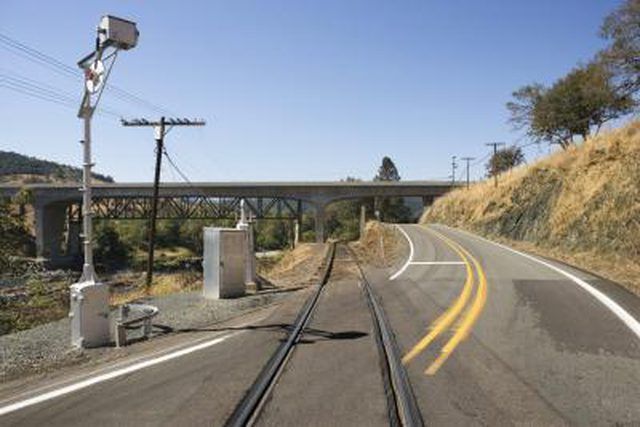Bulbs
Flower Basics
Flower Beds & Specialty Gardens
Flower Garden
Garden Furniture
Garden Gnomes
Garden Seeds
Garden Sheds
Garden Statues
Garden Tools & Supplies
Gardening Basics
Green & Organic
Groundcovers & Vines
Growing Annuals
Growing Basil
Growing Beans
Growing Berries
Growing Blueberries
Growing Cactus
Growing Corn
Growing Cotton
Growing Edibles
Growing Flowers
Growing Garlic
Growing Grapes
Growing Grass
Growing Herbs
Growing Jasmine
Growing Mint
Growing Mushrooms
Orchids
Growing Peanuts
Growing Perennials
Growing Plants
Growing Rosemary
Growing Roses
Growing Strawberries
Growing Sunflowers
Growing Thyme
Growing Tomatoes
Growing Tulips
Growing Vegetables
Herb Basics
Herb Garden
Indoor Growing
Landscaping Basics
Landscaping Patios
Landscaping Plants
Landscaping Shrubs
Landscaping Trees
Landscaping Walks & Pathways
Lawn Basics
Lawn Maintenance
Lawn Mowers
Lawn Ornaments
Lawn Planting
Lawn Tools
Outdoor Growing
Overall Landscape Planning
Pests, Weeds & Problems
Plant Basics
Rock Garden
Rose Garden
Shrubs
Soil
Specialty Gardens
Trees
Vegetable Garden
Yard Maintenance
How to Read Slope Stakes
How to Read Slope Stakes. A slope stake directs an operator to raise or drop the grade of the ground over a run at a particular slope by providing on-site specifications. Slope stakes are lathes that are staked into the ground and are marked with a series of letters and numbers. Each letter and number on a stake has a defined meaning; the numbers...

A slope stake directs an operator to raise or drop the grade of the ground over a run at a particular slope by providing on-site specifications. Slope stakes are lathes that are staked into the ground and are marked with a series of letters and numbers. Each letter and number on a stake has a defined meaning; the numbers provide measurements and slope ratios. Each series of letters and numbers is separated by a straight line. The two actions an excavator performs are cut and fill; a slope stake indicates which to perform, where to start and end the cut or fill from the slope stake and at what slope.
Read the slope stake from the top down. The top numbers provide the offset distance -- the the horizontal measurement from the slope stake to the catch point. The catch point, or intercept poin, is the location from which the operator begins filling or cutting. For example, a "10" directs the operator to begin excavation 10 feet from the bottom of the slope stake. The measurement is always from the marked face of the lathe, never the side or the back.
Read the series of letters and digits under the first horizontal line. This series indicates total excavation. "C" indicates a cut and "F" a fill. The numbers indicate the vertical length of the cut or fill from the intercept point to natural ground. A lathe marked "NG" indicates natural ground. For example, if the series is marked "F-9.5." the vertical fill required is 9 feet, 6 inches.
Acquire the horizontal distance of the slope from the third series of numbers on the lathe. This number determines the distance from the intercept point to the natural ground point on a horizontal line.
Acquire the rate of slope. The fourth set of numbers is a ratio; 2:1, for example, means 2 feet of run per foot of rise or fall. For every foot of horizontal run, the slope requires 1/2-foot of cut or fill.
Determine offset difference from the fifth series of numbers. The offset difference is the position of the bottom of the stake in relation to the intercept point. If the number is negative, the intercept point is above the slope stake; if it is positive, the slope stake is above the intercept point.